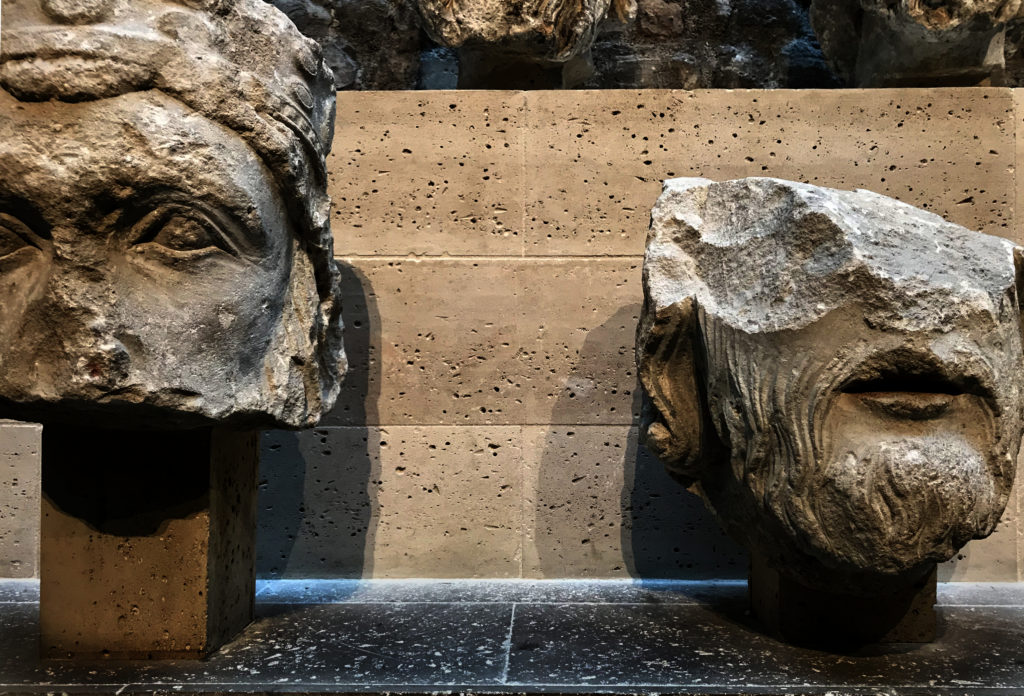. . .
Visiting [art]by[odo] may have you thinking it's unfocussed. What is it about? Art? Audio? Photography? Music? Politics? Ego? Boredom? Is it a blog? Is it an online gallery?
Yes.
What it's not is a one trick pony, or a Sing Johnny One Note, or a stuck record. It's about more than a single interest, idea or concept. On the surface it may seem scattered, but with time some obvious and some not so obvious connections are discoverable. Look closer and the parallels will pop.
All comments are welcomed and moderated. To be approved they must pass all three of the following conditions :
1) Contain specific references to the post.
2) Add significant insight to the discussion.
3) Not contain gratuitous praise or contempt or links.
Because of obnoxious comment spam, malware and other malicious bots crawling this site, readers are requested to register and login before posting comments. My apologies for the inconvenience.





